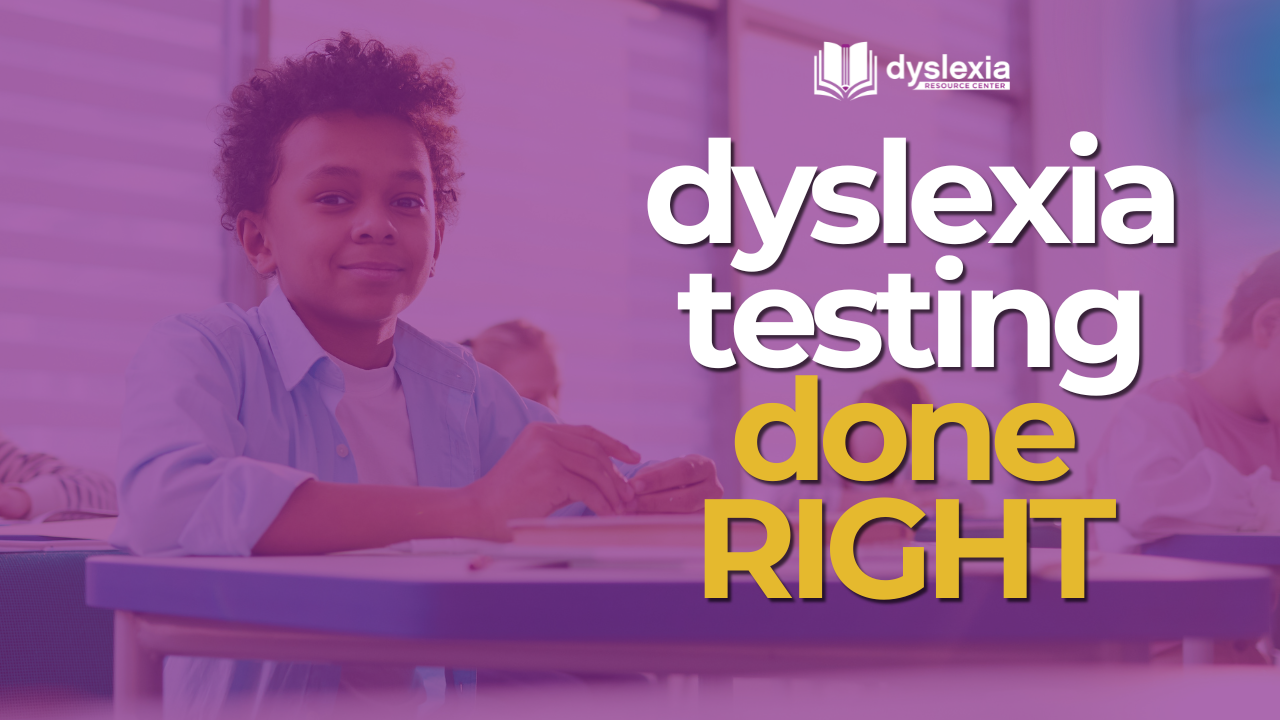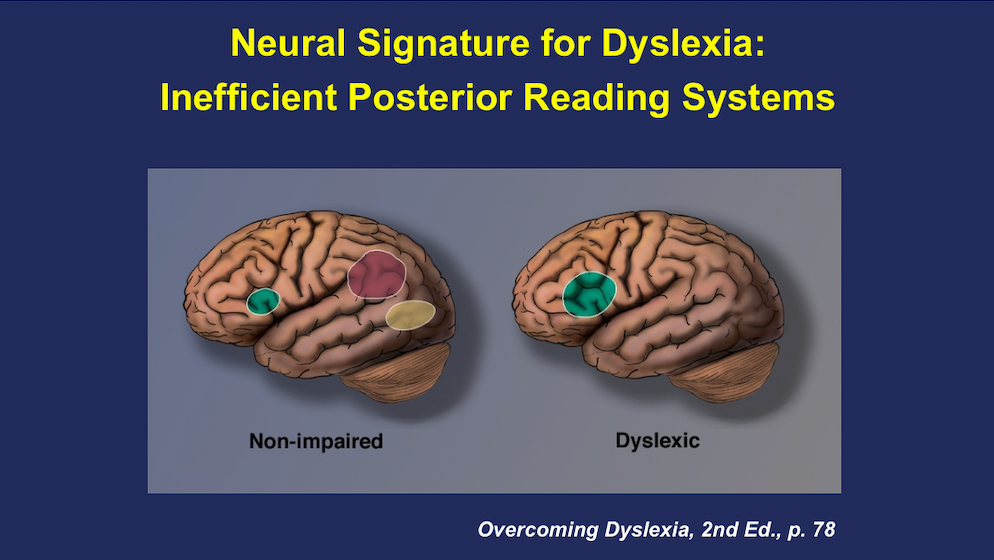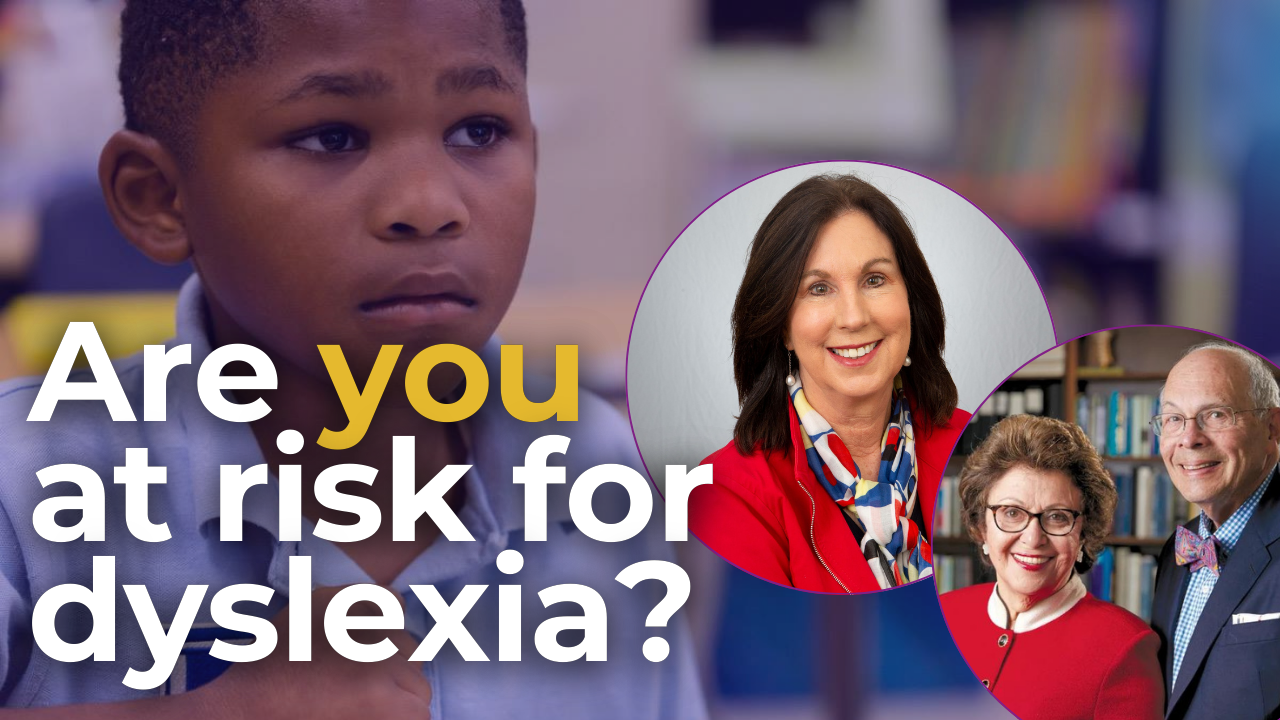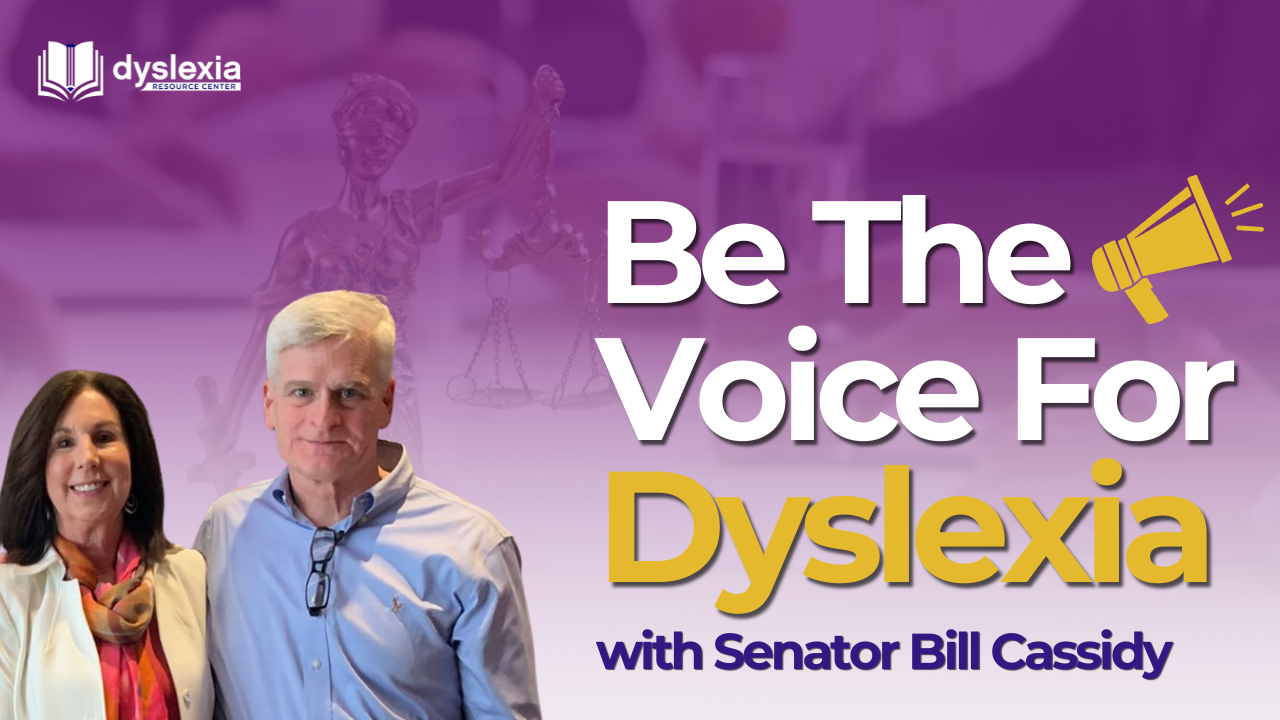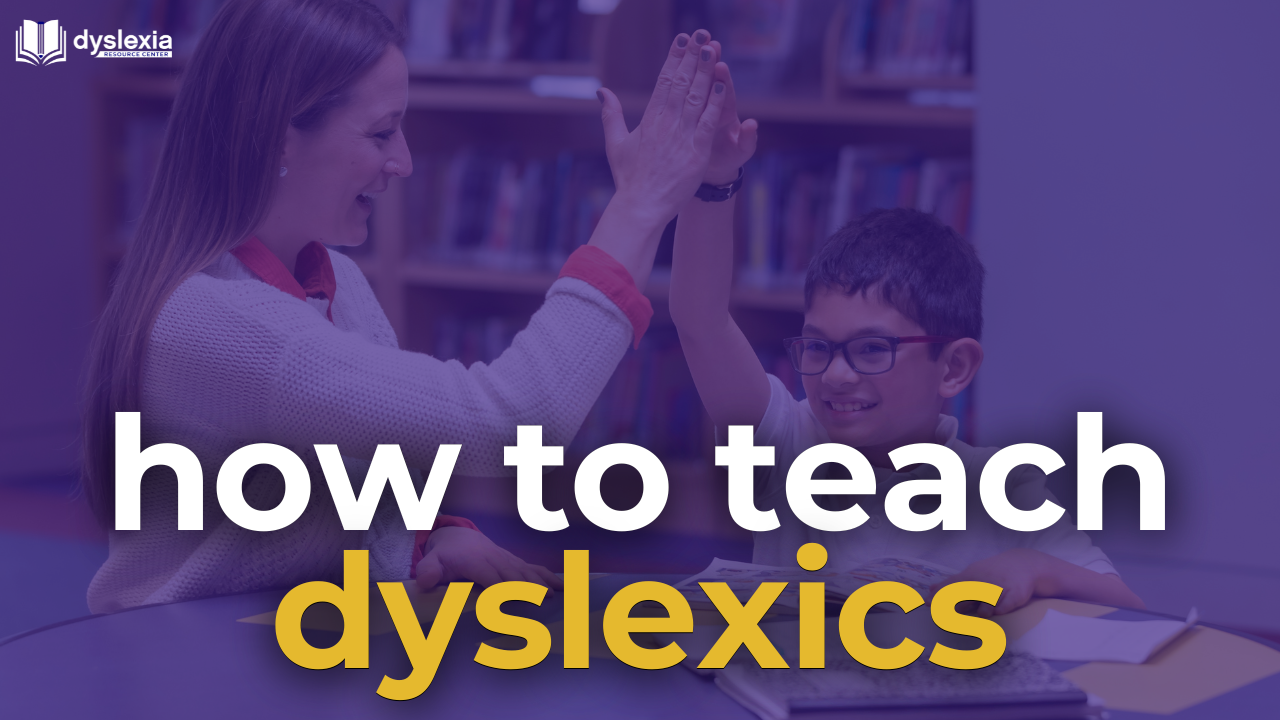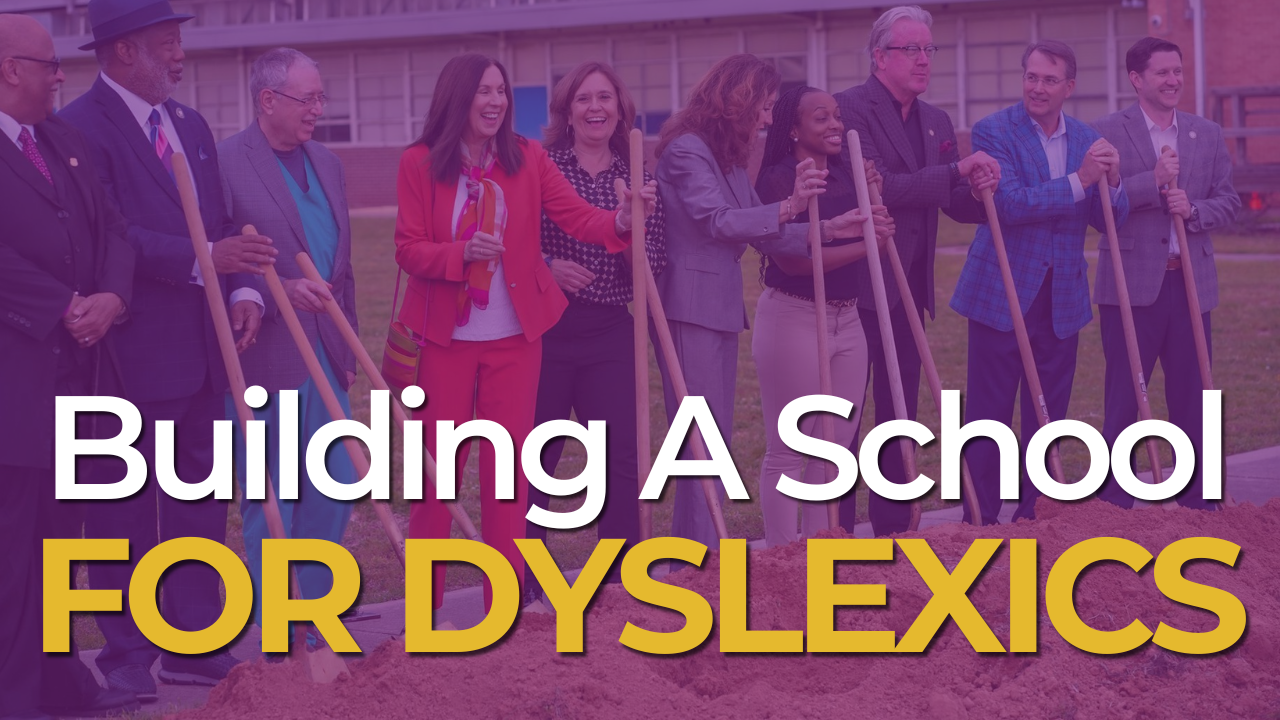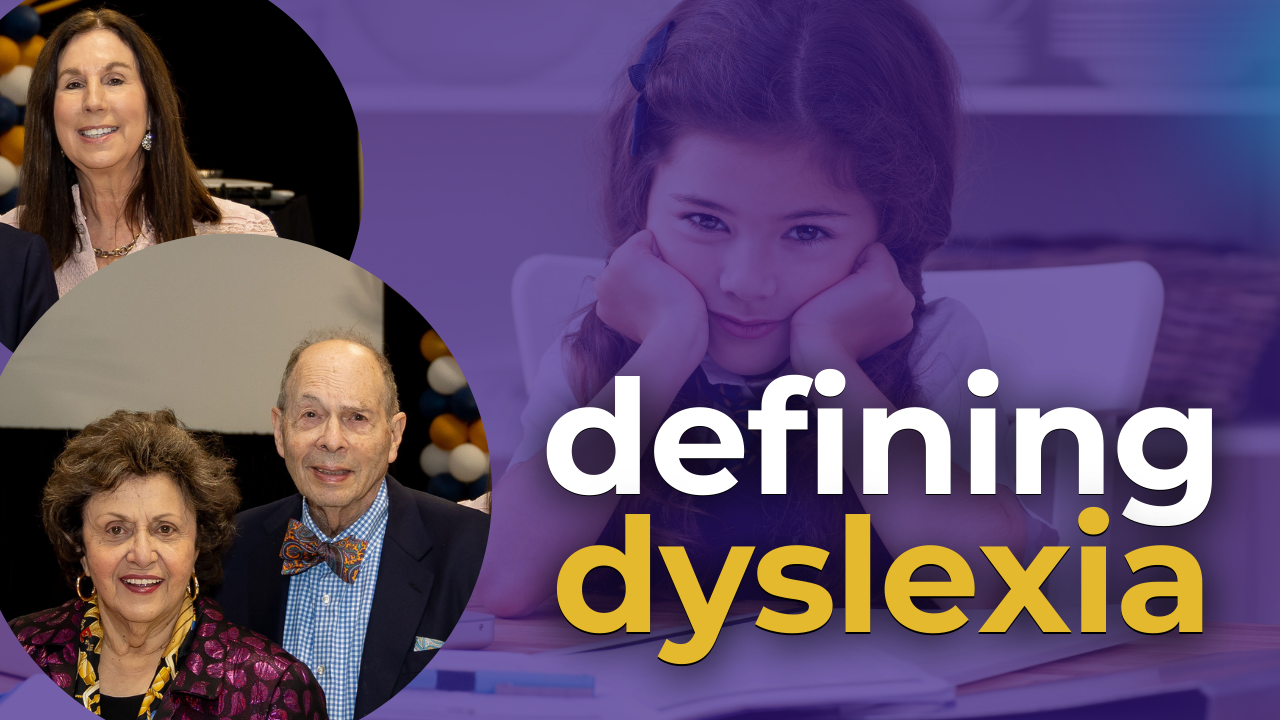The Science Behind Dyslexia: Brain Differences and Research
Understanding dyslexia goes beyond observing the struggles of bright children with reading. Thanks to advancements in neuroimaging, specifically functional Magnetic Resonance Imaging (fMRI), we can now delve deep into the intricate workings of the dyslexic brain. In this blog post, we'll explore the science behind dyslexia, examining how brain differences contribute to the challenges faced by dyslexic individuals and shedding light on the importance of early identification and targeted intervention.
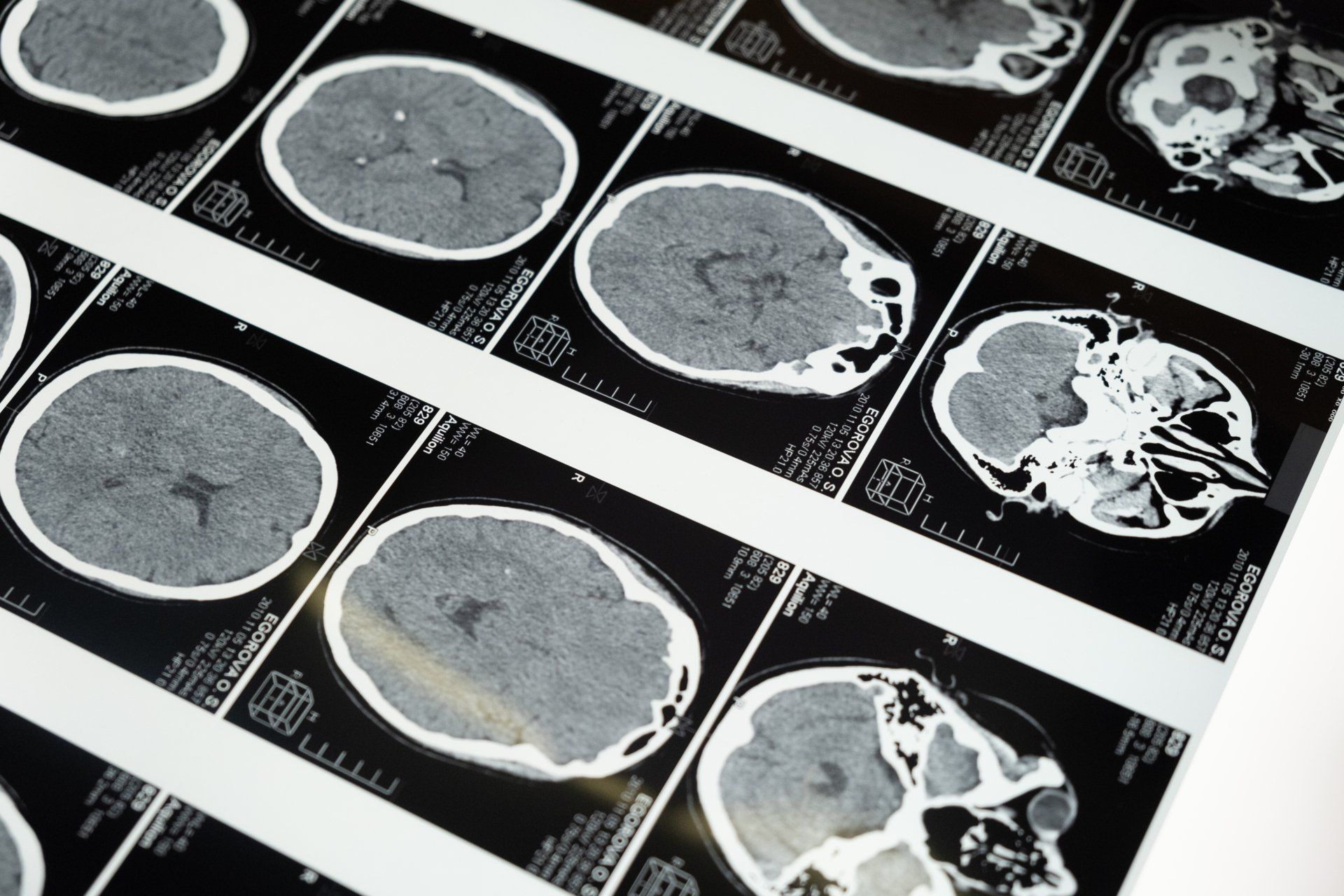
The Science Behind Dyslexia
The Power of fMRI
Functional MRI, a groundbreaking technology, allows us to witness the dynamic activity within the brain. By measuring changes in blood flow, fMRI unveils the distinct neural pathways dyslexic students use when reading compared to their non-dyslexic counterparts. The revelation that dyslexic students predominantly engage the right side of the brain, especially the anterior part, contrasts with the more efficient left posterior region utilized by non-dyslexic readers.
The Role of Phonological Module
At the core of reading acquisition lies the phonological module, responsible for decoding spoken language into phonemes—the smallest units of sound. Dyslexic individuals often face challenges in this crucial step, struggling to break down words into phonemes. Explicit teaching becomes essential, as dyslexic readers need more practice to grasp the concept that words are composed of blended sounds.
Eye to Brain Connectivity
Reading initiates with the eyes, which transmit visual information to the brain through the optic nerve. Neural connections between different brain regions facilitate the translation of print into meaningful words. Dyslexic individuals exhibit differences in this connectivity, particularly in the connection to the visual word form area in the left posterior region. Disruptions also extend to connections between reading and attention systems, emphasizing the role of attention mechanisms in the reading process.
The Impact of Early Identification
Identifying dyslexia early is pivotal for providing targeted reading instruction. Early intervention, encompassing phonological awareness, phonics, and reading aloud with gentle feedback, ensures dyslexic children receive the support they need. With the ideal identification window at the end of kindergarten, bright dyslexic children can learn to read alongside their peers, preventing academic gaps from widening.

Conclusion
As we unravel the science behind dyslexia, it becomes evident that neuroimaging technologies like fMRI offer invaluable insights into the intricate workings of the dyslexic brain. Armed with this knowledge, educators and parents can champion early identification and intervention, empowering dyslexic children to overcome reading challenges and thrive academically.
Follow along with us on our social media channels as we share more insight this month into Dyslexia Awareness Month!
